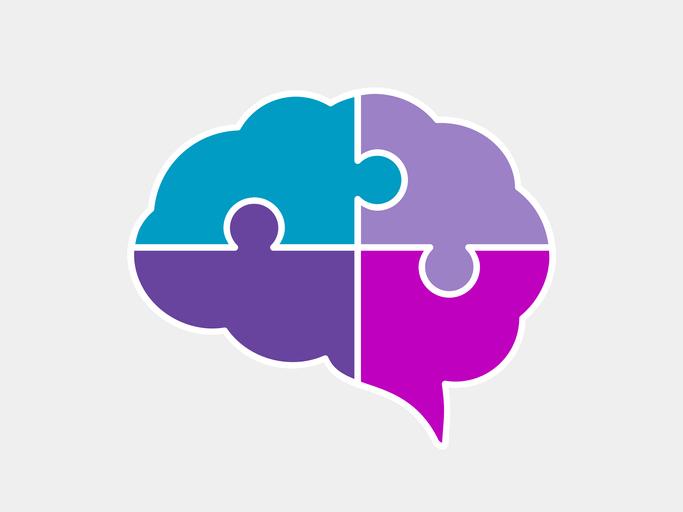Structured dialogue is a starting point for developing a shared understanding between people with opposing views on polarising political issues. Even in seemingly intractable contexts, such as cross-racial dialogue, the act of truly listening to the other, empathising and celebrating shared humanity through storytelling can quash polarisation and motivate people to take constructive social action, as Beverly Daniel Tatum wrote in 2018. Colleges can and should facilitate opportunities for community members to engage across lines of difference through structured dialogue. The question for higher education is how to have constructive conversations when discomfort and tension are almost inevitable.
Polarisation creates discord among college administrators, faculty/staff and students as it:
- increases tension and hostility
- reduces civil discourse
- limits freedom of academic expression
- increases self-censorship and withdrawal on campus
- creates barriers to conflict resolution.
With polarisation on the rise globally, the call for college graduates who can engage civically and use critical thinking to solve complex problems is as essential as ever. While disagreement about policy issues is understandable, incivility intensifies when people’s strong moral convictions and party affiliations become locked into their social identity. Although empathy is a key to social connection, shifting the focus to compassion through mindfulness meditation may be the answer.
From enhancing empathy to cultivating compassion
Empathy is the social glue holding things together, allowing people to take someone else’s perspective, pick up on their emotions and feel concern for their suffering. Yet it has a few ironic effects that can backfire as a solution for addressing polarisation:
- Intergroup empathy bias: We tend to feel greater empathy for members of our own group.
- Counter-empathetic responses: We sometimes experience pleasure in response to others’ pain (that is, Schadenfreude) and pain in response to others’ pleasure (Glückschmerz).
- Empathic distress: Empathy can go overboard, creating feelings of overwhelm in response to others’ suffering.
Given the challenges with empathy, vicariously experiencing others’ emotions is not enough. Compassion can counteract intergroup empathy bias, reduce counter-empathetic responses, and mitigate empathic distress by shifting the focus from avoiding emotional discomfort to alleviating others’ suffering.
Compassion training on campus
Compassion is a skill that can be trained through mindfulness meditation. Mindfulness is “the awareness that emerges through paying attention on purpose, in the present moment, and non-judgementally, to the unfolding of experience moment to moment”, as defined by stress-reduction pioneer Jon Kabat-Zinn. Research support is growing for compassion-based mindfulness interventions to reduce intergroup bias and polarisation. For example, a 2021 study showed that using a loving kindness meditation (wishing oneself and others well) decreased polarisation between political rivals.
- How to foster student well-being with online mindfulness training
- Colouring in: a big-impact, low-budget support for student well-being
- Spotlight guide: Dealing with division - the polarised university
If you want to try out mindfulness-based compassion meditation, the instructions below will guide you through a session either alone or as part of a group meditation:
1. Get quiet and comfortable
Find a place free from distractions. On a chair or cushion, sit in a comfortable posture. You mind should be relaxed and alert.
2. Drop into the body
Raise your arms and then drop your hands on to your lap. Exhale a loud, big breath. Drop your thinking mind. Lower your gaze or close your eyes. Settle your awareness on an “anchor” object (such as what the body feels, the pulse, the breath, sound).
3. Be kind to the mind
Let go of chasing any goals or searching for any sensations. Just observe what thoughts arise. When you notice the mind wander, gently bring it back to your anchor without self-judgement.
4. Offer kindness and goodwill to all
Bring kindness and friendship to yourself by saying silently: “May I be free from suffering, may I be happy and healthy, may I have ease of being.” Bring to mind a loved one and wish them well in the same way. Bring to mind a stranger and wish them well. Bring to mind a difficult person and wish them well. Now extend kindness and friendship to all living beings and wish them well in the same way.
5. Close the practice
Return awareness to your anchor. Deepen your breath. Open your eyes and return your attention to your physical surroundings.
Cultivating loving kindness on campus
Fortunately, campuses need not necessarily reinvent the wheel to encourage mindfulness-based compassion meditation. Here are three steps colleges can take:
- Leverage communities such as campus wellness centres, student groups, faculty and staff retreats, and classrooms to start the conversation.
- Share resources like online meditation talks, guided meditation videos, meditation apps, and books with the broader campus community on websites, social media and blogs.
- Train internal facilitators or hire external experts to host group meditation sessions.
Campuses are responsible for creating climates that foster dialogue and minimise polarisation. While there may be challenges along the way, compassion paves the way to having those tough conversations with care.
Rayne Bozeman is director of culture and leadership development at Georgia Institute of Technology.
If you would like advice and insight from academics and university staff delivered direct to your inbox each week, sign up for the Campus newsletter.




comment